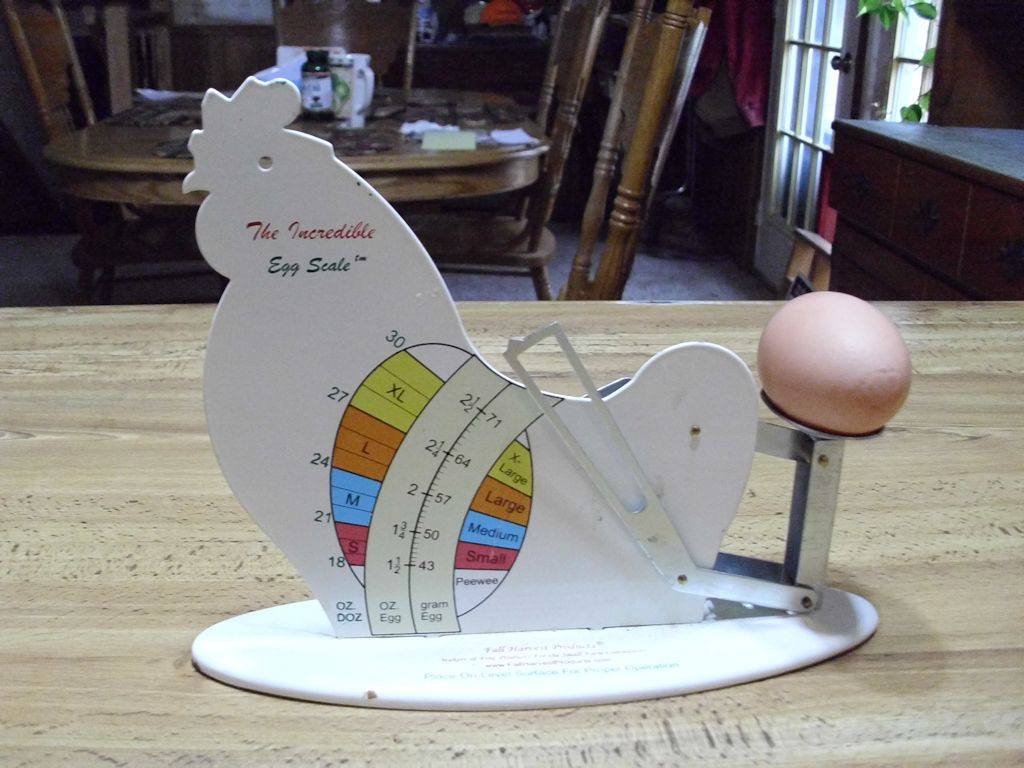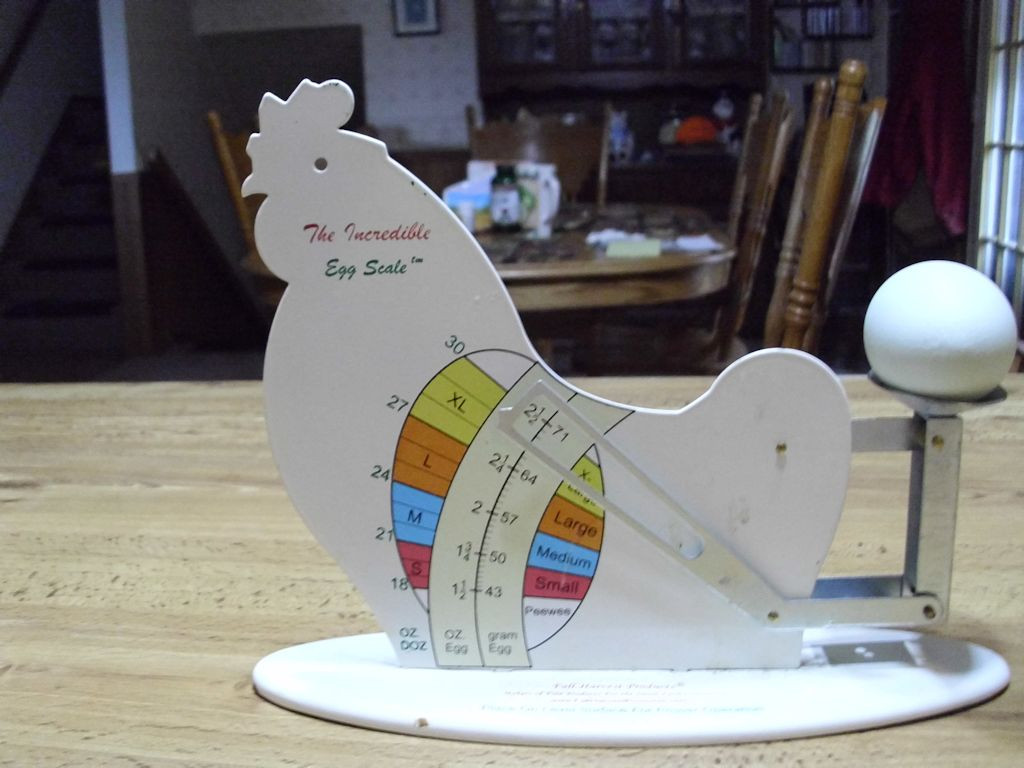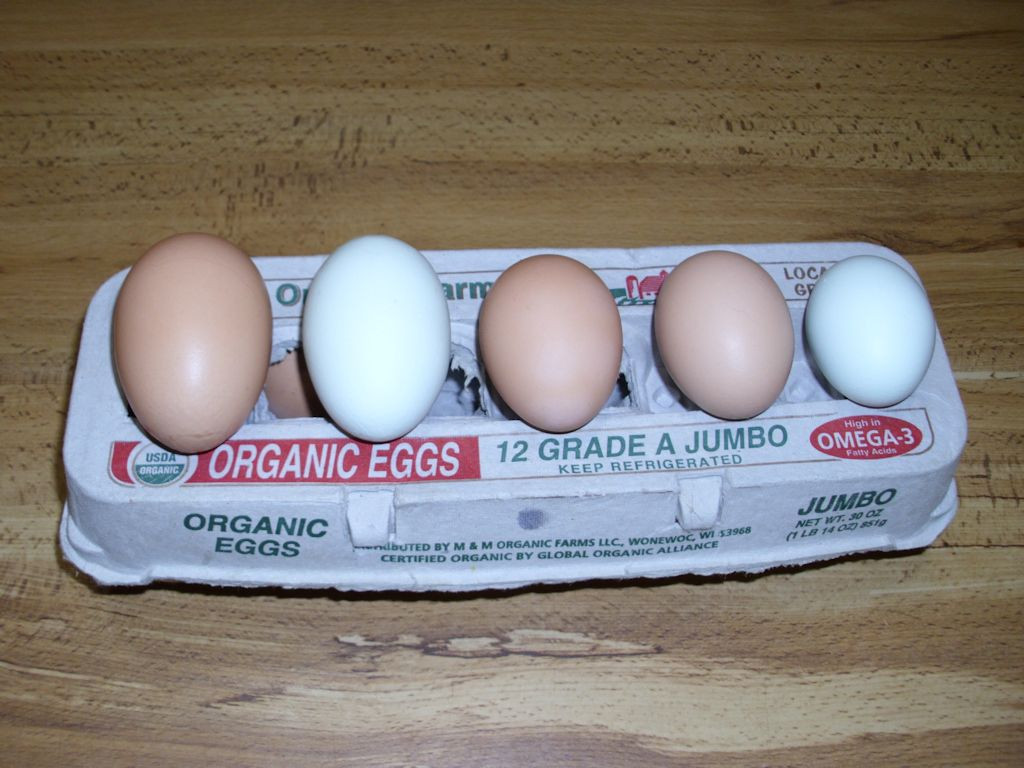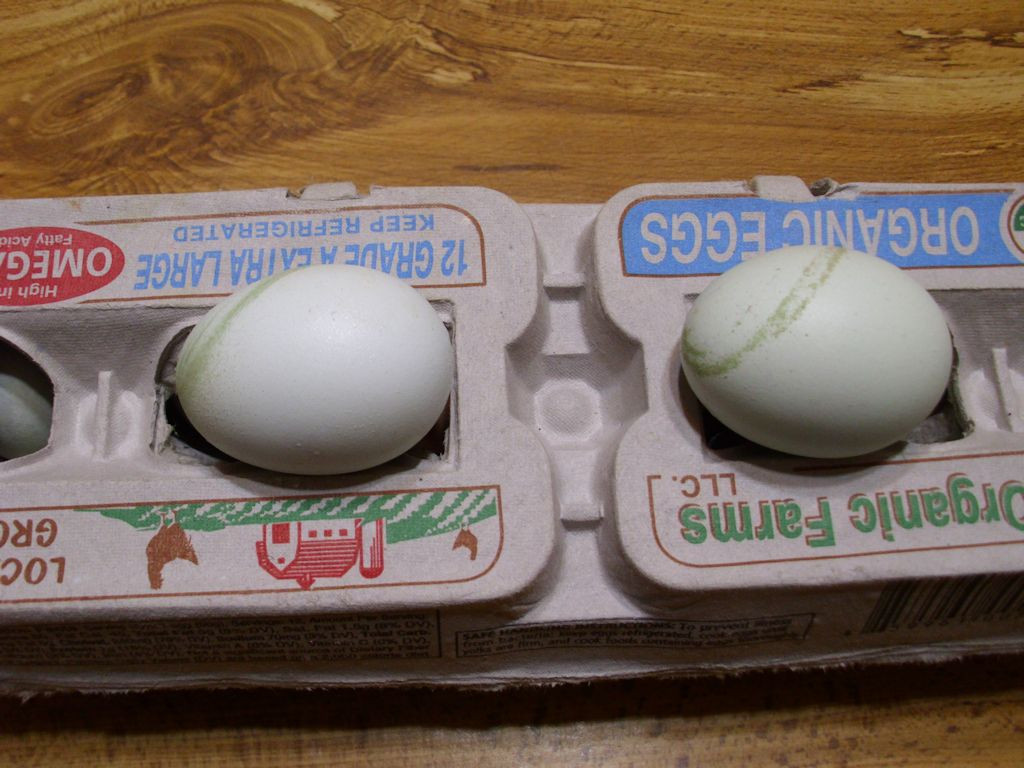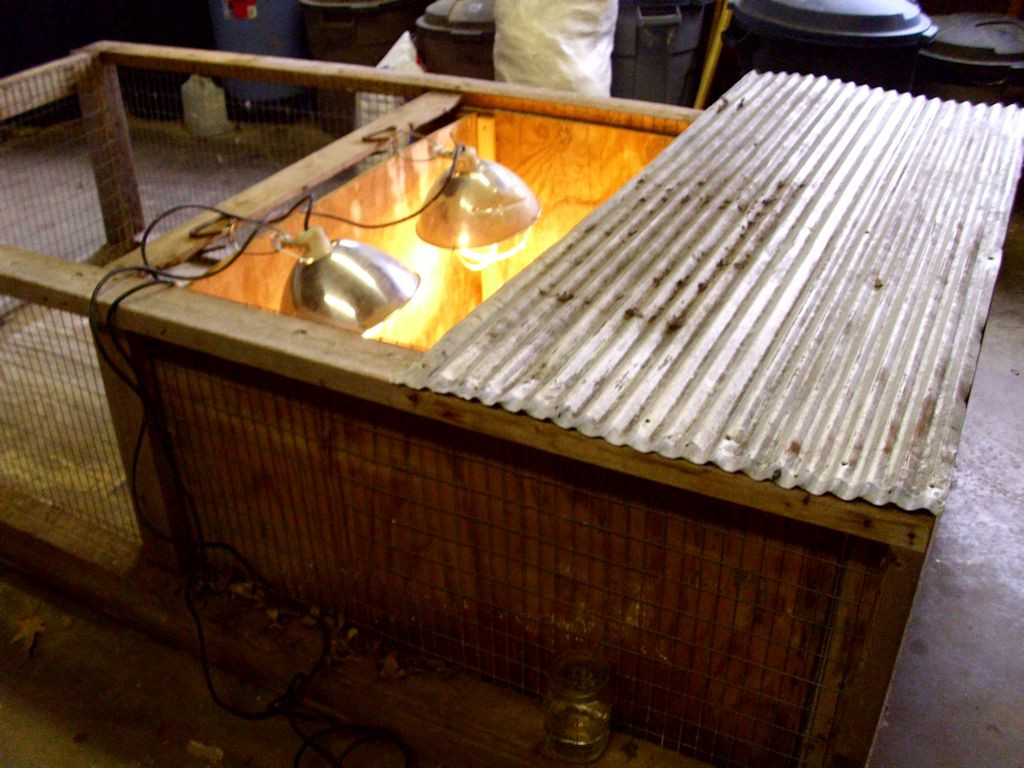It’s getting toward spring and my chickens are definitely happy about it. I’ve discussed winter egg laying before—production really does decrease. This is the point in the year where things start to turn around. My twelve birds really have become much happier and are now starting to lay six eggs on average per day. Some of those eggs still have calcium nodules, but I’m finding that even the number of calcium nodules is decreasing. The point is that they’re laying more eggs. Of course, this is the human view of happiness.
The chicken view of happiness is different. I can let the chickens out on most days now. When I enter the coop in the morning, I put down their food and then open the coop door. Now, you’d think the chickens would eat breakfast first and then run out of the coop. However, that isn’t what happens. They forget all about the food and fight each other to get out of that door designed for two birds at most as quickly as possible. It really is quite insane looking. They go out and stand around the water bucket discussing chicken events of the day (not that I quite know what to think of their discussions).
Of course, there is always an exception. Violet, the oldest chicken in the coop, just watches the fracas bemused, waits to be petted, and then calmly enjoys the quiet while she eats breakfast without the jostling of other birds to contend with. It’s hard to believe that chickens can become wiser with age, but somehow it happens. This old bird has gotten set in her ways over the years and many a fledgling has felt her beak where the feathers are fewest. Just watching my chickens each day reminds me of how individuals appear in every environment and that the need for individuality is universal. Let me know your thoughts on chickens with wisdom at [email protected].


